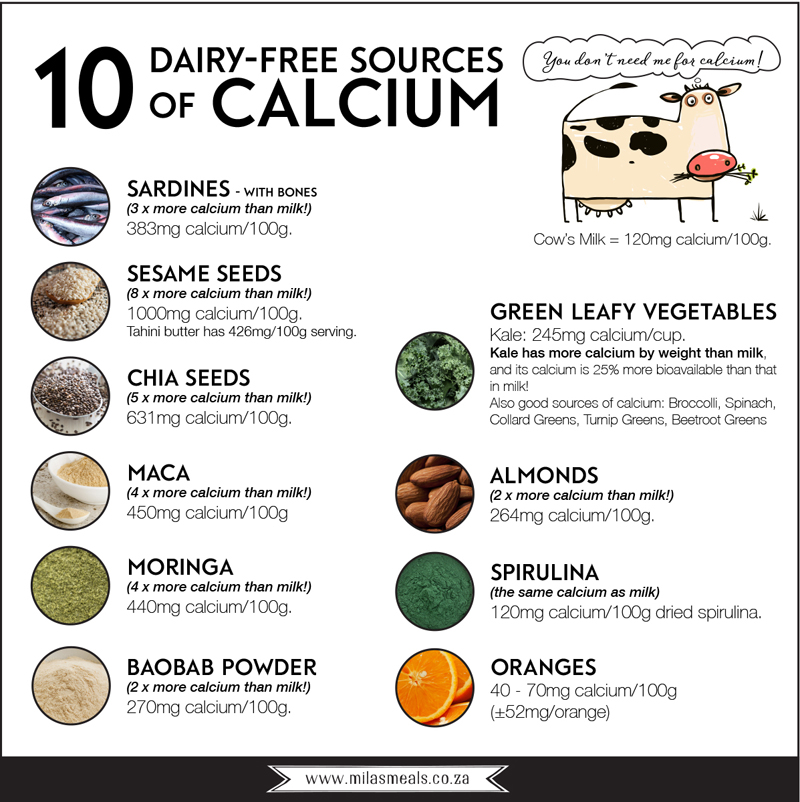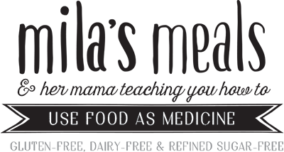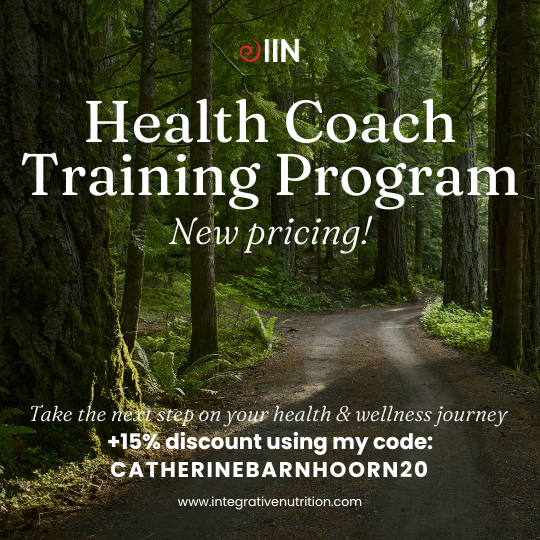This is an excerpt from my dairy-free, gluten-free AND refined sugar-free nutrition & recipe book ‘Mila’s Meals: The Beginning & The Basics’
“There is no other food that is as difficult to digest as milk”
– Hiromi Shinya, M.D*
*One of the premier gastroenterologists of our time, Dr. Hiromi Shinya bases his dietary philosophy on a unique perspective of his experience in examining the intestines of over 300,000 patients. Dr. Shinya was the medical pioneer of the endoscopic removal of precancerous polyps from the colon.
Although Dr. Shinya made major contributions to surgical treatment, his true passion was the relationship between diet and intestinal health. It led him to the discovery of the important role that both food and digestive enzymes play in overall digestive health.
Dr. Hiromi Shinya’s observations and rich experience led him to conclude that:
“A person with poor gastrointestinal function is never healthy. When the gastrointestinal system is unclean, that person will be prone to suffer from some kind of diseases.”
Dairy (from cows) in the form of raw and pasteurised commercial milk and milk products, are a difficult-to-digest food for two reasons:
It contains a protein called casein.
Casein makes up nearly 80% of the proteins in cow’s milk.
It is a powerful binder – so much so, that it is used to make plastics and furniture glue. It immediately clumps together once it enters the stomach, making digestion very difficult.
Casein is also an allergen – the one responsible for dairy allergies, and the reason why you are advised to only give your little one cow’s milk after their first birthday.
When the casein protein is not properly digested, it enters the bloodstream and the immune system reacts, causing inflammation – just as it does with the gluten protein.
Research has also shown that casein stimulates cancer development.
Yes, breast milk does contain casein – but in far lower levels than cow’s milk and in a different ratio to milk’s other protein – whey. Breast milk also contains an abundance of digestive enzymes, probiotics and other components which will help your little one digest the casein in your milk.
-
It contains a sugar called lactose.
Lactose intolerance is a non-allergic food sensitivity, and comes from a lack of the enzyme lactase (which is required to digest the lactose). The undigested lactose remains in the digestive tract where the microflora consumes it. As a consequence, there can be bowel urgency, cramps, diarrhoea, and gas.
Our bodies just weren’t made to digest milk on a regular basis. The majority of humans naturally stop producing significant amounts of lactase sometime between the ages of two and five. In fact, for most mammals, the normal condition is to stop producing the enzymes needed to properly digest and metabolise milk after they have been weaned. As such, lactose intolerance is considered the normal state for most adults on a worldwide scale and is not typically considered to be a disease condition.
There is another problem with milk too – commercial milk is an unnatural processed ‘dead’ food. It contains antibiotics, growth hormones and GMO residue to name but a few undesirable components.
It is important to realise that you can get calcium, potassium, protein, and fats from other food sources, like whole plant foods — vegetables, fruits, beans, whole grains, nuts, seeds, and seaweed.
My Favourite dairy-free sources of Calcium:


Symptoms of Dairy Intolerance:
Classic symptoms are mucus (snotty noses, sinusitis, congested ears, ear infections), respiratory problems (night-time coughing, asthma), digestive problems (such as gas, bloating, diarrhoea, or constipation), fatigue, joint pains, and skin problems from rashes to acne.
Dairy has been linked to a range of diseases and conditions including: cardiovascular diseases; autoimmune diseases; cancer; allergies; asthma; digestive diseases; thyroid problems, and neurological diseases. New research shows that casein may be a factor in autism spectrum disorders (ASD) as well as other physical and mental disorders including chronic fatigue syndrome, fibromyalgia and depression.
According to Hiromi Shinya, commercial pasteurised milk “not only lacks precious enzymes, but the fat is oxidised and the quality of the proteins is changed due to the high temperature.” He believes it damages the gut, increasing the amount of bad bacteria and destroying the balance of micro flora.
Herein lies my reason for not feeding dairy to Mila – I want to feed her food that will nourish her, food that is easy to digest, with nutrients that are easy to assimilate into the body. Food that does not have the potential to cause her digestive or immune system any harm and, dairy is not essential or necessary – the nutrients it contains can be sourced from other foods. This decision was also prompted by her ‘green poo’ and by the fact that I am dairy intolerant. After weaning Mila at 16 months, I did supplement her with homemade goat’s milk formula. She did also eat goat’s cheese and cow’s milk yoghurt for a while. Since the age of 3 she has been completely dairy free – from both cow’s milk and goats’ milk and their products.
“The ‘Calcium myth’- The nurses and doctors will stress that dairy products are the only source of calcium. Did you know that only around 30% of the calcium in animal milk is properly absorbed? Compare this with the 60% of total calcium content of hemp, or plant-based type seeds that is absorbed.”
– WH Foods
[/q_box]
Is butter dairy-free?
Butter is a dairy product, but since it is the lactose and proteins in dairy products that cause digestive issues, butter (which has far less of them than milk) is better tolerated. Butter is about 80-82% fat, 17% water and only about 1% milk solids (proteins). There are only trace amounts of lactose in butter.
If the small percentage of milk proteins in butter still present you or your little one with problems, ghee is a wonderful option.
Ghee is clarified butter. Butter is melted at a low temperature which separates the remaining milk solids (proteins) from the fat. The milk solids (proteins) are then scooped off and all that remains is the fat. There might be minute amounts of lactose in ghee, but they are unlikely to be enough to have an effect on those who are lactose intolerant.
Butter / ghee have many nutritional benefits:
- They are rich in the most easily absorbed form of Vitamin A – necessary for thyroid and adrenal health,
- Contain lauric acid – important in treating fungal infections and candida,
- Contain lecithin – essential for cholesterol metabolism,
- Contain anti-oxidants that protect against free radical damage,
- A great source of Vitamins E and K,
- A very rich source of the vital mineral selenium,
- Saturated fats in butter and ghee have strong anti-tumour and anti-cancer properties,
- Butter contains conjugated linoleic acid, which is a potent anti-cancer agent, muscle builder, and immunity booster,
- Contain Vitamin D which is essential to absorption of calcium,
- Protect against tooth decay,
- The anti-stiffness factor in butter also prevents hardening of the arteries, cataracts, and calcification of the pineal gland,
- Are a source of Activator X, which helps your body absorb minerals,
- Are a source of iodine in a highly absorbable form,
- Cholesterol found in butterfat is essential to children’s brain and nervous system development,
- Contains Arachidonic Acid (AA) which plays a role in brain function and is a vital component of cell membranes,
- Protects against gastrointestinal infections in the very young or the elderly.


